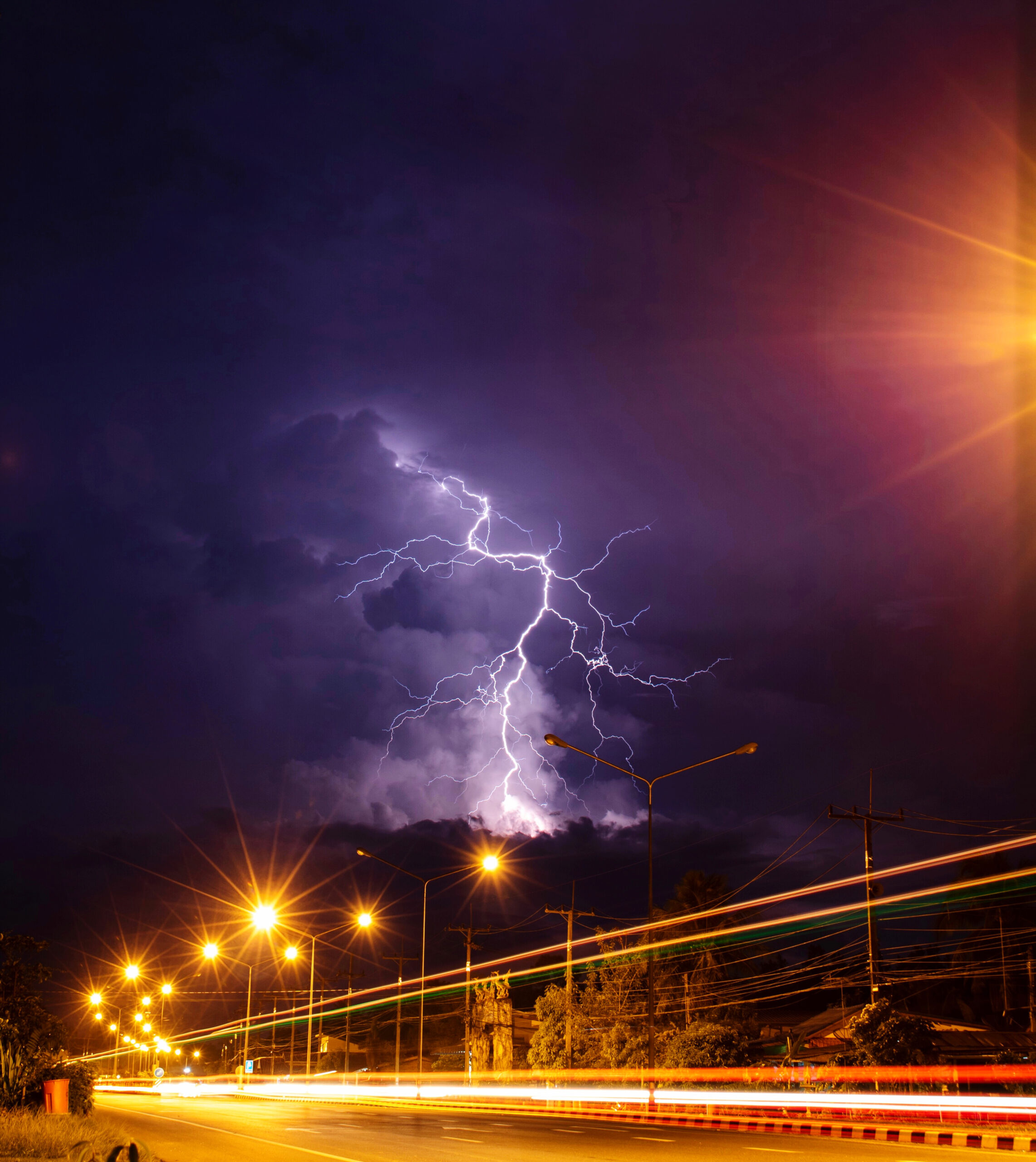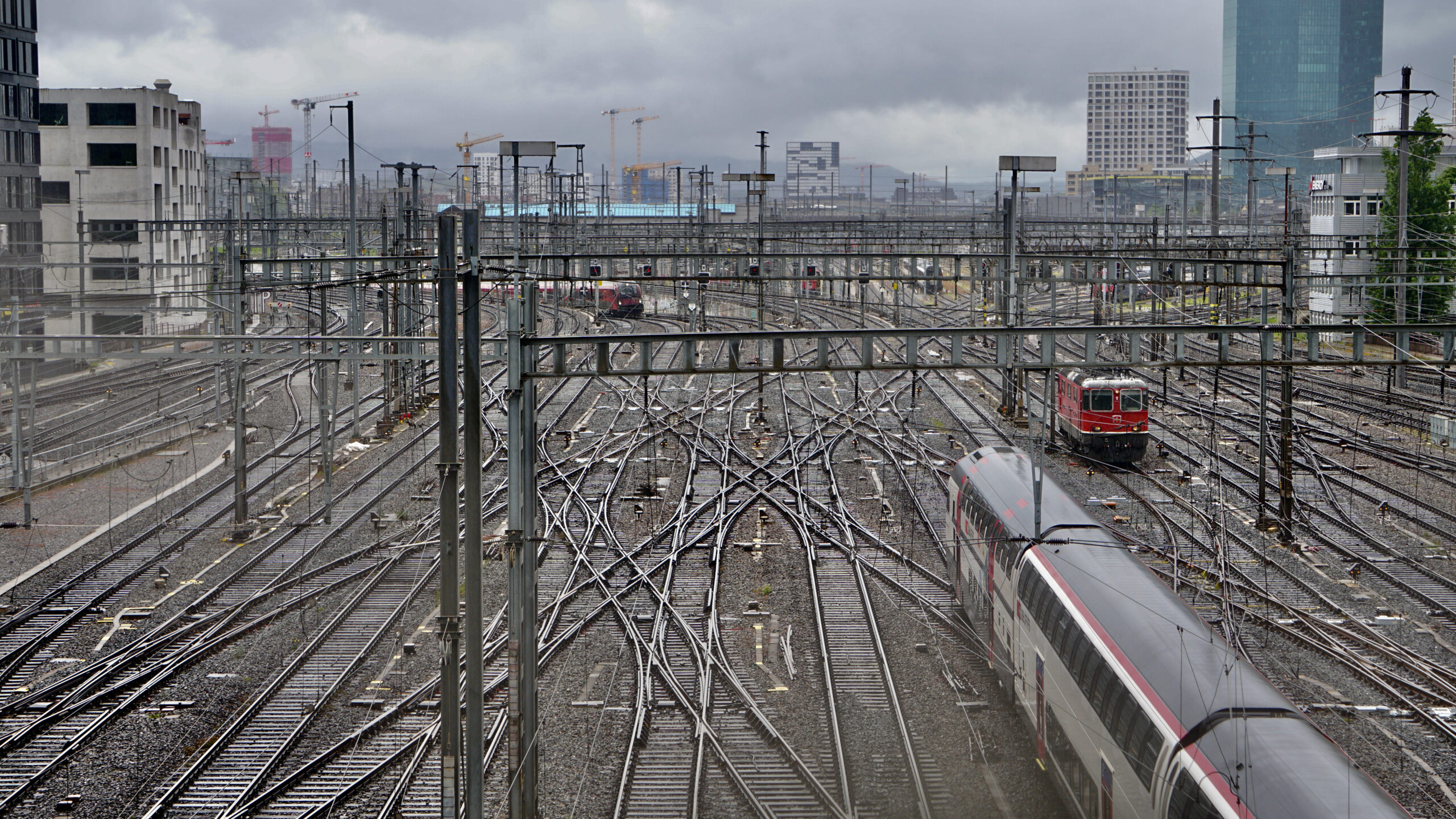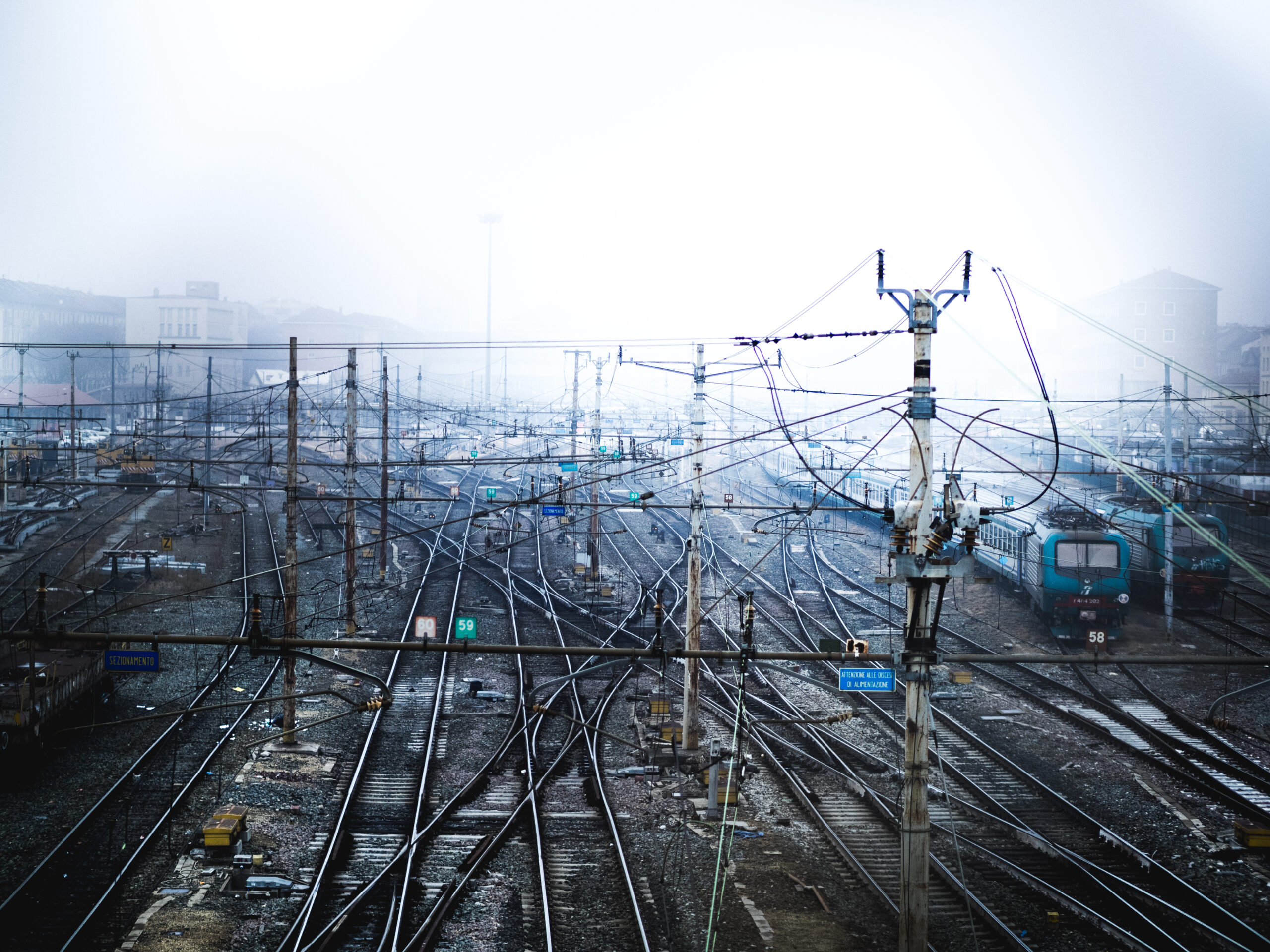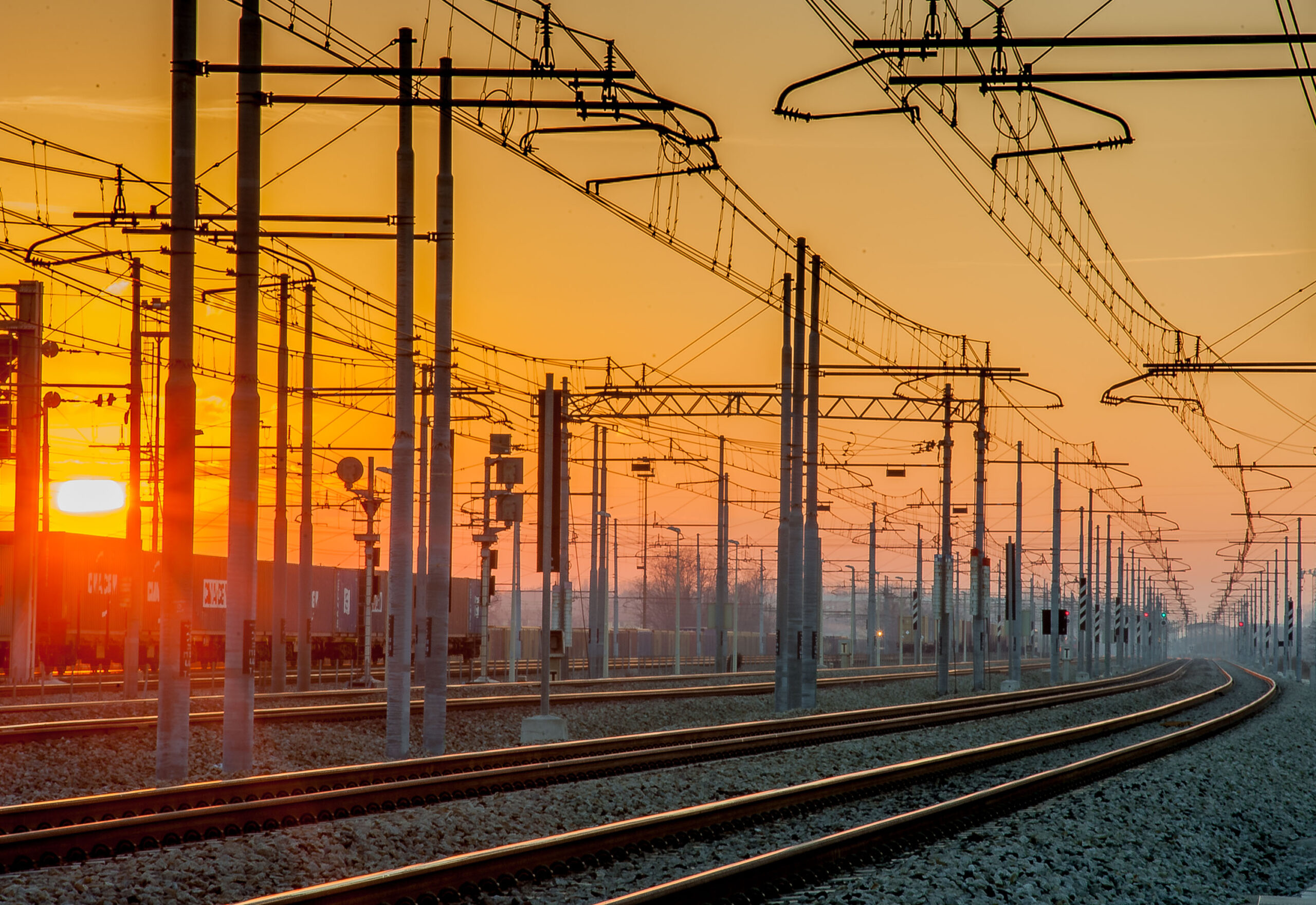Lightning Protection Strategies for Overhead Rail Electrification
R.A.E.S.RRaising Awareness on Electrical Safety & Reliability
Electric rail systems have become a foundation of modern transportation, offering efficiency, reduced environmental impact, and speed. Overhead rail electrification, with its crisscrossing web of power lines, has redefined the way we move people and goods.
In this blog post, we delve into the electrifying world of rail transportation, emphasizing the critical need for lightning protection. Lightning, a breathtaking natural phenomenon, is also a formidable force capable of disrupting rail operations and endangering passengers. As we explore the intricacies of overhead rail electrification and lightning protection, we aim to shed light on the importance of safeguarding rail systems from the thunderstorms.
Types of Lightning
Lightning comes in various forms, including cloud-to-ground (CG), intra-cloud (IC), and cloud-to-cloud (CC) lightning. Each type carries its own set of risks and implications for rail electrification systems.
Direct Lightning Strikes and Their Impact
A direct lightning strike on overhead wires, support structures, or other components of the rail electrification system can lead to severe damage, fire, or even electrocution.
Indirect Effects
Lightning doesn’t always strike directly; it can induce ground currents and generate electromagnetic pulses (EMPs) that affect rail systems. These can disrupt operations, damage equipment, and pose safety hazards.
Lightning-related disruptions can compromise passenger safety, lead to train delays, and result in costly downtime for rail operators.

Common Lightning-Related Issues in Rail Electrification
Several common issues arise when lightning strikes rail electrification systems:
Overhead Wire Damage and Sagging
Lightning can cause wires to melt or weaken, leading to sagging, which can impede train operations.
Equipment and Infrastructure Damage
Lightning can damage substations, transformers, and other essential rail equipment.
Signal and Control System Disruption
Electrical surges from lightning strikes can affect signalling and control systems, increasing the risk of accidents.
Downtime and Service Disruptions
Rail electrification system downtime resulting from lightning events can lead to significant service disruptions and financial losses.
Role of Lightning Protection Systems
Lightning protection systems serve as the first line of defense against the destructive force of lightning. Their primary role is to:
Redirect Lightning Strikes
Lightning protection systems are designed to attract lightning strikes and provide a safe path for the electrical discharge, away from critical components and structures. This helps prevent damage and reduce the risk of electrical fires.
Dissipate Electrical Energy
These systems effectively disperse the immense electrical energy carried by lightning, ensuring it is harmlessly dispersed into the ground, preventing damage to rail electrification components.
Prevent Indirect Effects
By grounding and dissipating lightning energy, these systems mitigate the risk of ground currents and electromagnetic pulses (EMPs) that can disrupt rail operations and damage sensitive equipment.
Enhance Safety
Lightning protection systems play a crucial role in ensuring the safety of passengers, rail personnel, and the surrounding environment by minimizing the potential for lightning-related accidents.
Key Components of a Lightning Protection System
An effective lightning protection system comprises several key components, each with a specific role in safeguarding rail electrification infrastructure:
Lightning Rods (Air Terminals)
These elevated metal rods are strategically placed on rail electrification structures. They attract lightning strikes and provide a safe path for lightning to follow.
Conductors (Down conductors)
Conductors, typically made of copper or aluminium, carry the lightning’s electrical energy safely to the ground. They’re interconnected with lightning rods and other components.
Grounding System
The grounding system ensures that the electrical energy from a lightning strike is safely dissipated into the earth, preventing damage to rail components and structures.
Surge Protection Devices (SPDs)
SPDs, such as surge arresters, are installed in the rail electrification system to limit voltage surges resulting from lightning strikes. They act as barriers to protect sensitive equipment from electrical damage.
Bonding and Equipotential Equalization
These components ensure that all conductive elements within the rail electrification system are at the same electrical potential, minimizing the risk of side flashes or arcing.
Design Considerations
When it comes to lightning protection for rail electrification systems, a designed LPS is paramount.

Proper Grounding Techniques for Rail Electrification Systems
Effective grounding is the cornerstone of any lightning protection system, as it provides a safe path for lightning energy to dissipate into the ground. Here are key considerations:
Grounding Electrodes
Proper grounding electrodes, such as copper or copper-bonded rods, are crucial for creating a low-resistance path to Earth. The number and spacing of these electrodes depend on the size and complexity of the rail electrification system.
Grounding Materials
Choosing high-conductivity materials for grounding ensures efficient dissipation of lightning energy. Regular inspection and maintenance of grounding components are essential to maintain their effectiveness.
Grounding Resistance
The goal is to achieve a low grounding resistance, to facilitate the safe discharge of lightning energy. Soil resistivity testing is often necessary to determine the suitability of the ground for grounding.
Design Integration
Lightning protection should be integrated into the initial rail electrification system design. This includes considering factors such as rail structure materials, cable routing, and the choice of support structures to facilitate grounding.
Redundancy and Reliability
Implementing redundancy in lightning protection ensures continuous system reliability. Multiple lightning rods and surge arresters can enhance protection, especially in high-risk areas.
Coordination with Other Systems
Lightning protection should be coordinated with signalling, communication, and control systems to minimize the risk of disruption due to lightning-induced surges.
Importance of Choosing Conductive Materials
The choice of conductive materials plays a crucial role in lightning protection. Here’s why it matters:
Efficient Lightning Dissipation
Conductive materials offer low resistance paths for lightning energy to travel, facilitating its safe dissipation into the ground.
Reduced Heat and Fire Risks
Conductive materials can withstand the high temperatures generated during a lightning strike without melting or igniting, minimizing the risk of fires.
Longevity and Durability
High-quality conductive materials are less prone to corrosion and deterioration over time, ensuring the longevity of the lightning protection system.
Low Maintenance
Conductive materials typically require less maintenance, reducing operational costs and downtime for rail electrification systems.
Lightning Detection and Warning
Lightning detection and warning systems are integral components of a comprehensive lightning protection strategy for rail electrification.

The Significance of Lightning Detection Systems
Lightning detection systems are crucial for several reasons:
Enhanced Safety
These systems provide real-time data on lightning activity, allowing rail operators to take preventive measures to protect passengers and personnel.
Operational Continuity
By detecting lightning in advance, rail operators can implement safety protocols, such as slowing down or halting operations, to prevent accidents and equipment damage.
Minimizing Disruptions
Lightning detection systems help avoid unexpected shutdowns and service disruptions, ensuring smoother rail operations.
Cost Savings
Proactive safety measures and reduced downtime result in cost savings by preventing lightning-related damage.
Lightning detection and warning systems not only enhance safety but also contribute to the seamless operation of rail electrification systems.
Maintenance and Inspection
Effective maintenance and inspection protocols are essential to ensure that lightning protection strategies for rail electrification systems remain in optimal working condition.
Regular Maintenance to Ensure the Effectiveness of Lightning Protection
Sustaining Effectiveness
Over time, components of a lightning protection system, like grounding electrodes and conductors, may corrode or degrade. Regular maintenance ensures they continue to function as intended.
Preventing Deterioration
Maintenance helps identify and address issues such as loose connections, physical damage, or degradation that can compromise the system’s performance.
Safety Assurance
Regular maintenance checks enhance the safety of rail electrification by reducing the risk of electrical fires, equipment damage, and other lightning-related incidents.
Minimizing Downtime
Scheduled maintenance helps prevent unexpected system failures, minimizing operational disruptions and associated financial losses.
The Role of Predictive Maintenance in Preventing Lightning-Related Damage
Predictive maintenance employs data and monitoring to pre-emptively address issues. In the context of lightning protection, predictive maintenance can:
Monitoring Systems
Implement sensors and monitoring systems to continuously collect data on the condition of lightning strikes.
Alert Systems
Set up automated alert systems that notify maintenance personnel or rail operators when certain thresholds or patterns are observed.
Preventive Action
Take pre-emptive action based on predictive maintenance data to address potential lightning-related damage or safety risks.
Future Trends and Innovations
Smart Lightning Protection Systems
Integration with the Internet of Things (IoT) allows for real-time monitoring and data analysis.
The future of lightning protection holds promise in terms of safety, efficiency, and sustainability. As technology continues to advance, rail electrification systems will benefit from enhanced protection and early warning systems. These innovations will not only protect rail infrastructure but also contribute to a more sustainable and resilient transportation network.

Conclusion: Pioneering the Future of Rail Safety
In the future of rail transportation, Lightning Protection Systems ensures safety for smooth rail operations and passenger security. Lightning, with its unpredictable high-voltage surges, poses threats of equipment failures and accidents. LMAS (Lightning Management and Alert System) by Manav, offers comprehensive protection through intelligent mitigation and a proactive alert system.
Simultaneously, in the realm of soil enhancement, Curec+, the world’s best organic earth-enhancing compound by Manav, revolutionizes soil dissipation capacity with zero maintenance.
Combining two innovative technologies – lightning protection and soil enhancement— demonstrates our commitment to a safer, more dependable, and sustainable future for rail transportation.




